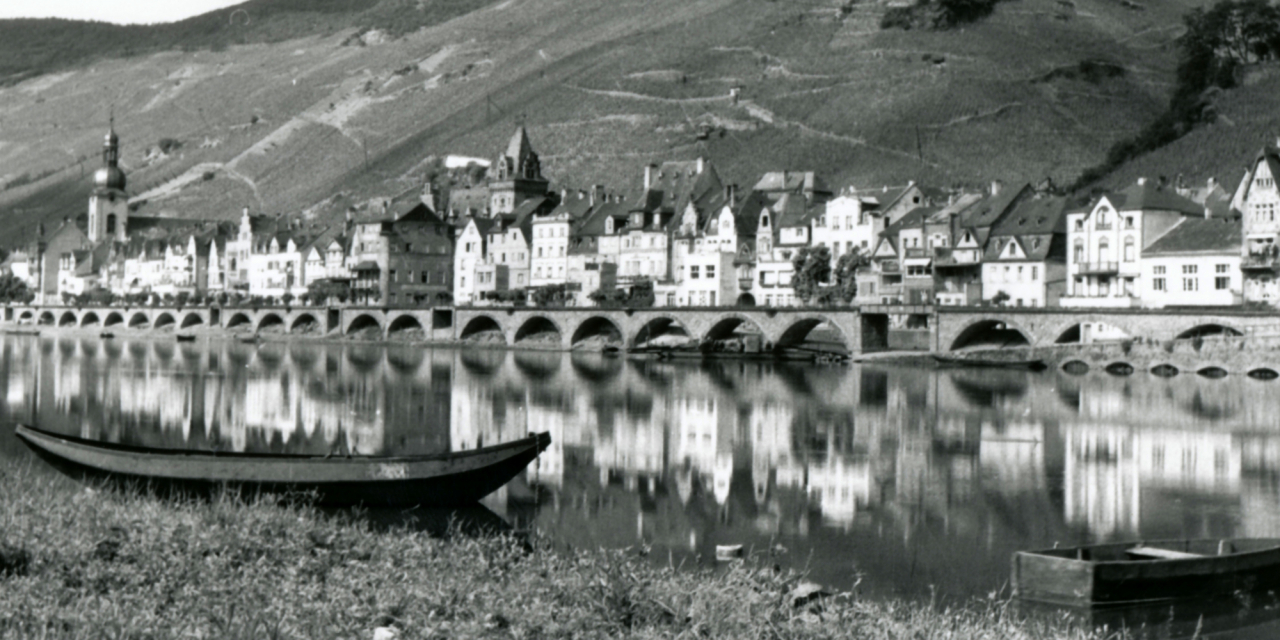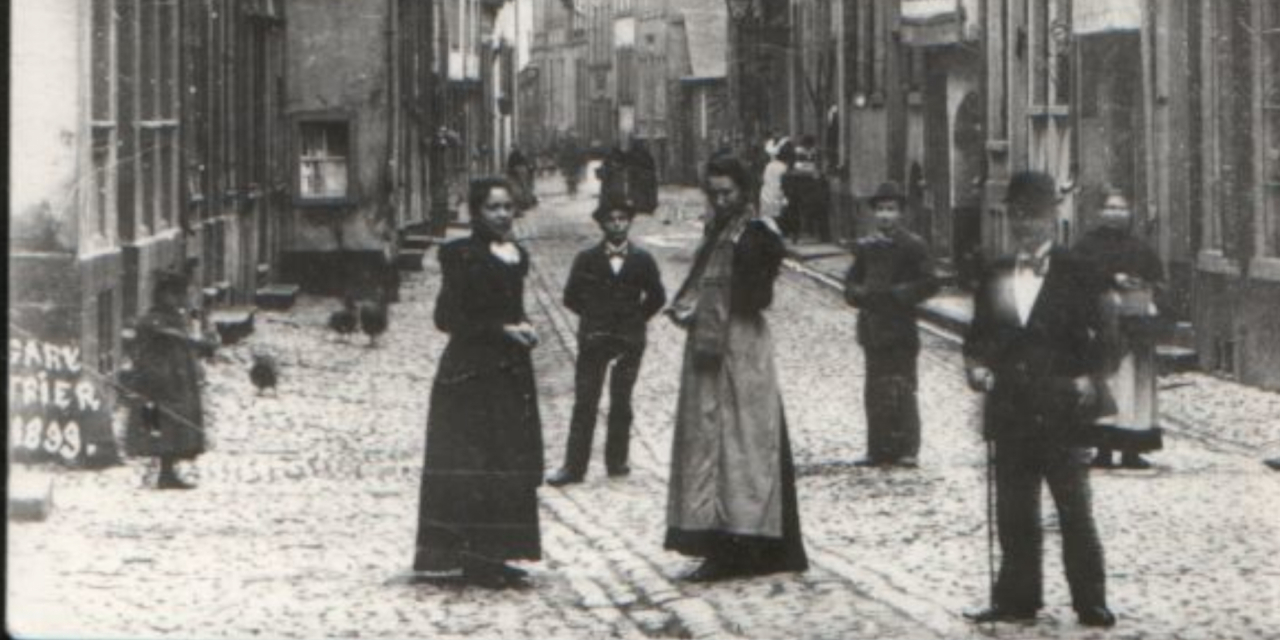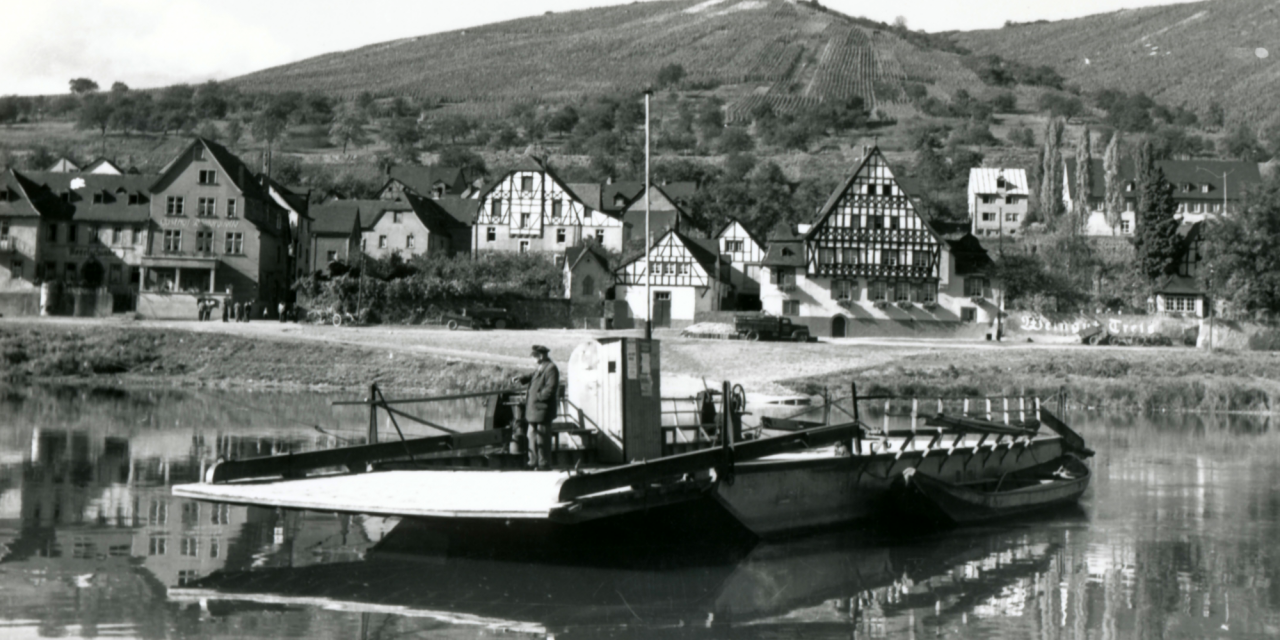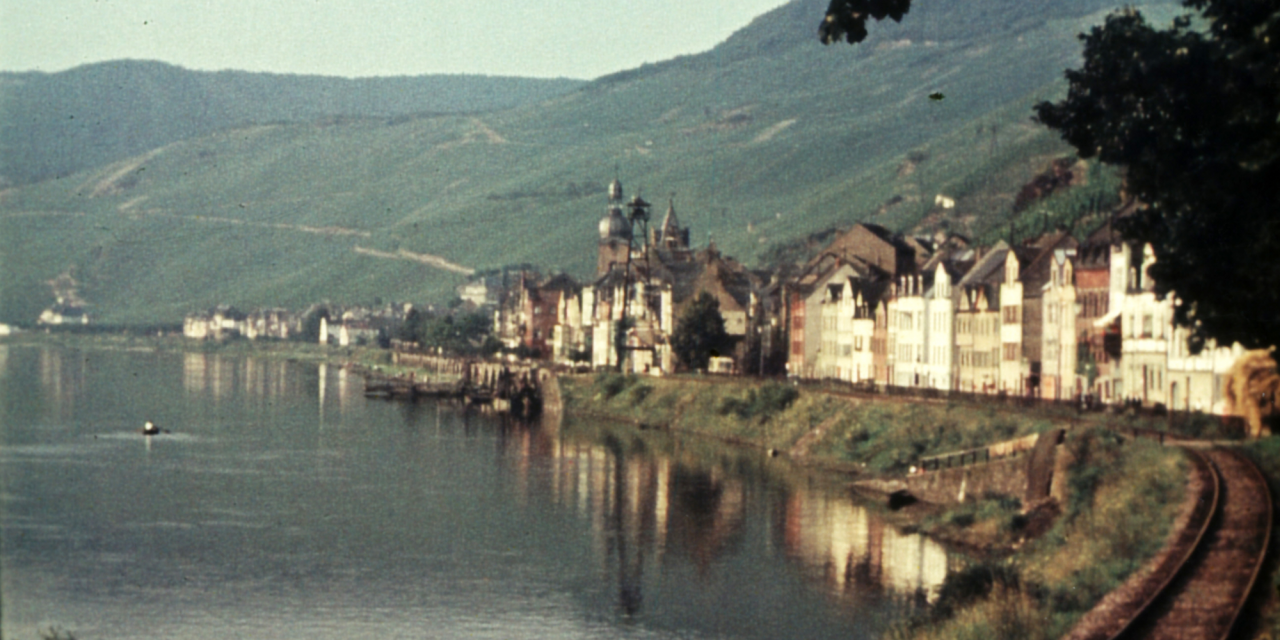General information
The town of Zell (Moselle) is the administrative center of the Verbandsgemeinde of Zell, to which a total of 24 local communities on the Mosel and in the Hunsrück belong. With the hospital in the high-altitude district of Barl, the kindergartens in the districts of Zell, Kaimt and Barl as well as the primary school and the integrated comprehensive school, Zell has an important infrastructure that is also of great importance for the surrounding communities. The wine town is nationally known for its "Zeller Schwarze Katz" vineyard. Measured by the area under vines, Zell (Mosel) is one of the largest wine-growing communities in Germany.
Along with Cochem, Zell is one of the two main towns in the Cochem-Zell district. With just over 60,000 inhabitants, Cochem-Zell is - in terms of population - the second smallest district in Rhineland-Palatinate and even the fifth smallest in the entire Federal Republic of Germany.




